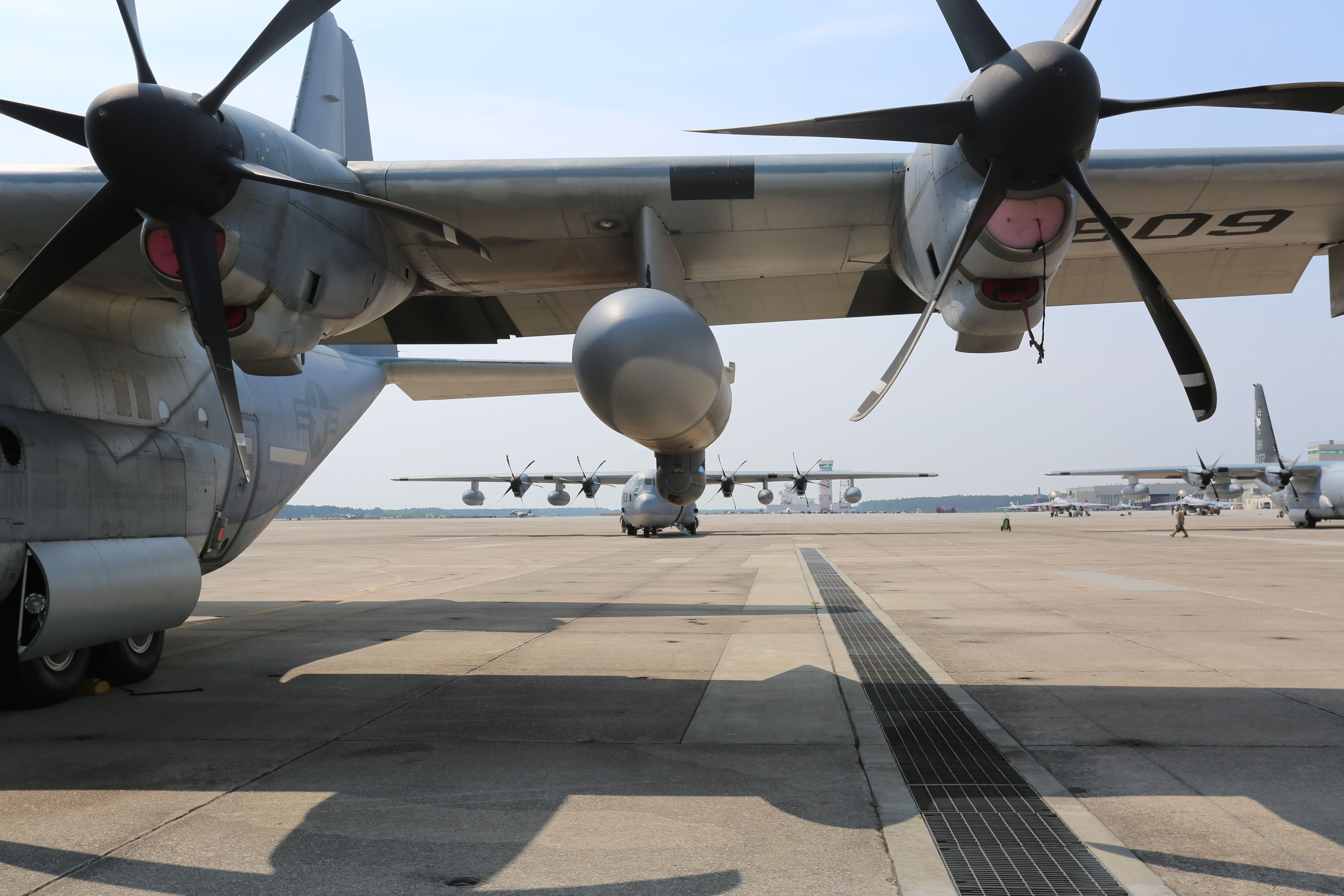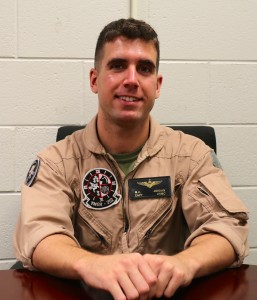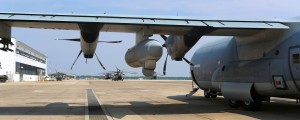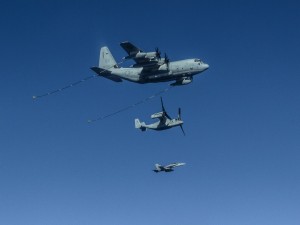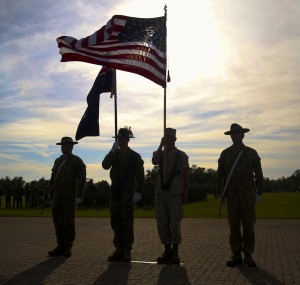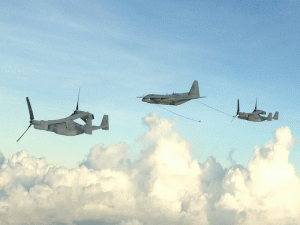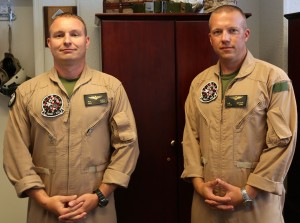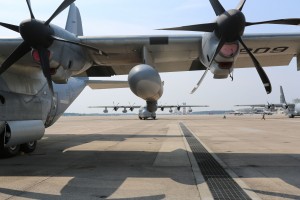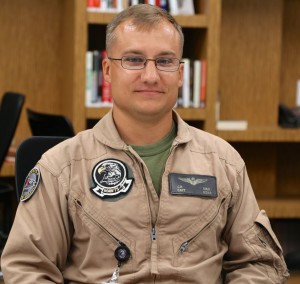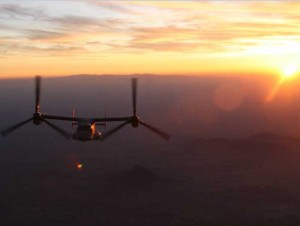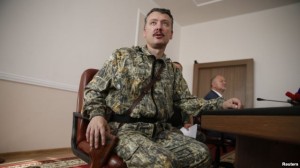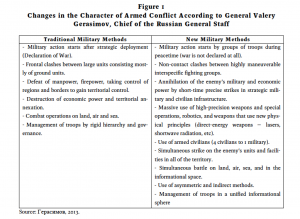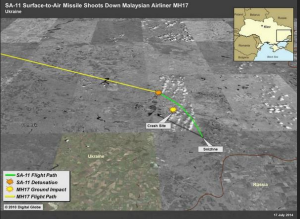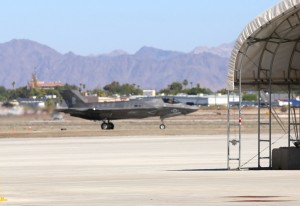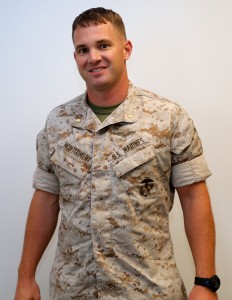2014-08-01 By Dr. Mark Lewis
I had the pleasure of serving as Chief Scientist of the U.S. Air Force from 2004 to 2008, including all of the time during which Mike Wynne was our Air Force Secretary. Working with Mike, and the USAF Chief of Staff, Gen Buzz Moseley, will always stand out as a highlight of my professional career.
The Air Force is the only service that has a Chief Scientist who reports directly to top leadership, and can provide the sort of unfiltered, unfettered advice that is often required.
The very existence of the position is a tribute not only to the Air Force’s founders’ foresight, but to the technology-driven vision that infuses all that the Air Force does, and that marks it as the science and technology branch of the Department of Defense.
To be effective, the Air Force Chief Scientist has to work with engaged leadership.
That is inherent to the position, because while the Chief Scientist is a direct report to the Chief of Staff and Secretary, he really has no authority on his own.

The Chief Scientist doesn’t control anyone’s budget and doesn’t even have a staff to supervise, other than an executive assistant to run the office, and a colonel military assistant to keep him out of trouble.
In fact, the Air Force’s research budget and acquisition plans are made elsewhere, in Air Force acquisition and in Air Force Materiel Command.
As such, the only real authority that the Chief Scientist has is “associative” – the authority that comes from association with the real decision makers. With access and support from the Chief and Secretary, the Chief Scientist can do amazing things; without that, the Chief Scientist may as well break out the box of crayolas and head to a corner.
Mike Wynne understood this; in fact, he fully appreciated the importance of supporting all of his staff. It was one of the many things that marked him as a truly great leader, and one of the reasons that each member of the Air Staff was in turn fiercely loyal.
Especially important to my job, Mike Wynne understood that the United States Air Force is a service that is built on science and technology, and the practitioners who employ that science and technology. He was one of the greatest champions of S&T we could have asked for, helping to build a fence around our research portfolio and guard it against the vagaries of Pentagon budgeting. In this he was greatly reinforced by Undersecretary Ron Sega, who reminded us frequently that “science and technology cannot be bill-payers.”
Mike Wynne was also partnered with a forward-thinking Chief in Buzz Moseley, who lectured our Air Staff that “failure to invest in the future” was one of the reasons other air forces had failed. Taken together, Secretary Wynne’s term as SECAF was an almost magical time for Air Force science and technology, and his leadership is one of the reasons I knew I had the very best job in the entire Pentagon.
There are so many examples of S&T topics that we enabled with Mike Wynne’s interest and support, from low-cost composite aircraft materials, to laser treatment for metals, to my own pet passion, hypersonic flight.
He cared deeply about our scientists and engineers, both civilians and in uniform, especially the youngest members of the Air Force research community. And his door was always open for an important S&T topic; that access made my office especially respected.
Among the many technologies that we championed, I’d highlight alternate jet fuels as one of Mike Wynne’s finest efforts.
He had the vision to recognize the future need for alternate sources of aviation power. The reasons seemed quite obvious, considering that the USAF is the government’s single biggest consumer of fermented dinosaurs, with a yearly fuel bill of $7B, more than the Army and Navy combined.
The strategic need for an assured fuel supply was also a driving factor. The largest user of jet fuel in the inventory is the Air Force mobility fleet, which uses engines that are generally very similar to those used by commercial aviation.
Thus, we also knew that we could look to industry for partnering opportunities, but with the USAF leading the way.
Needless to say, when it was announced that the Air Force was interested in alternate fuels, we had many, many people who wanted to supply us with their favorite technology solutions, but they all wanted the Air Force to foot the bill.
Mike Wynne had the insight to invite partners, but make it clear we would not fund infrastructure. Rather, we would purchase fuel from non-fossil sources if it worked in our fleet. We would also support the testing required to certify those fuels. But we would not fund the building of plants.

It was during this time that I especially appreciated Mike Wynne’s support and confidence.
Here is one quick anecdote to illustrate his style: In order to kick start the Air Force’s alternate fuel activities, an industry day was announced at the USAF’s Arnold Engineering Development Center in Tullahoma, TN.
Arnold is the Air Force’s premiere ground test and evaluation center, and was then doing early work to certify manufactured “Fischer-Tropsch” fuels in existing jet engines. The Fischer-Tropsch process was well-established, having been used by the Germans during World War II, and more recently by the South African aviation industry in place of petroleum-based fuels; as such, it was a logical starting point for our alternate fuels work.
The event at Tullahoma turned into one of the most poignant days I experienced on the Air Staff. A group of us flew down together with Mike on his milair flight – always a good experience, as we got uninterrupted quality time with the Boss. Part of the day was spent dedicating a memorial to Mike Wynne’s brother, who was lost in combat over the skies of Vietnam. To have been included in such a meaningful event with the entire Wynne family was one of those special moments that are hard to describe. Suffice it to say, it was an incredible honor to be there by the Secretary’s side, and to join a family that was mourning a loss of four decades previous.
Later in the day we witnessed a fuel test in an engine cell, and Mike Wynne impressed each of the engineers and technicians with his interest, knowledge, and engagement. What a thrill it was to tour lab facilities and test cells with him! Then we went to the industrial round table. The meeting began with Mike Wynne at the head of the table, and me at his right hand, with the leaders of industry on either side. Secretary Wynne suggested that we go around the room and introduce ourselves, and so we began.
When it was Mike Wynne’s turn, he explained of course that he was the Secretary of the Air Force, and spoke a little about why we were all in the room. Then, before I could speak, he jumped in and said “I don’t want this gentleman to introduce himself; instead, I’d like to introduce him to you all. This is Mark Lewis, my Chief Scientist. He is my ‘rod’ and my ‘staff,’ my right hand. When you are speaking with him, it’s the same as if you are speaking with me”
I’m not usually at a loss for words, but at that particular instance I was completely dumbstruck. That the Secretary of the Air Force had so empowered his Chief Scientist was amazing; it was also quintessential Mike Wynne. His words of course had the desired effect, as our industrial partners treated me accordingly and after the meeting I was the most popular man in the room.
One other event of that day is worth noting, for it says something else about Secretary Wynne. A few weeks before this trip, I had offered some technical advice on an issue, but Secretary Wynne disagreed and decided to go in a different direction.
On the flight home, in the middle of a conversation, he suddenly turned to me and asked, “by the way, are you still mad at me?” I insisted I was not, that I was mostly disappointed in myself for not making the convincing argument, but he was having none of it.
We talked about his reasons for disagreeing, he explained his reasoning, and at the end of the conversation I realized there were some political dimensions to the technical issues that I had not considered.
That was also very special for me; the Secretary of the Air Force is under no obligation to explain himself to his subordinate Chief Scientist. At that moment it became clear that event though he disagreed with me, he respected me enough to explain why, and he wanted me to respect and understand his decision. I don’t think I could have ever appreciated him more than at that moment.
I had many more wonderful experiences and opportunities working with Secretary Wynne. Working with him was like taking a daily class in leadership, and my service on the Air Staff will always stand as a magical time in my career. With the hindsight of six years, I tell colleagues and friends that if I am very very lucky I may someday have a boss as good as Mike Wynne, but I will never have a better one. In every way, he was a Leader, with a capital “L.” More than that, he became a highly respected, much loved friend and mentor.
Editor’s Note: This is the fourth part of a series:
http://sldinfo.wpstage.net/the-wynne-legacy-generating-and-diffusing-innovation/
http://sldinfo.wpstage.net/michael-w-wynne-i-hate-logistics/
http://sldinfo.wpstage.net/innovation-inside-the-bureaucracy/


